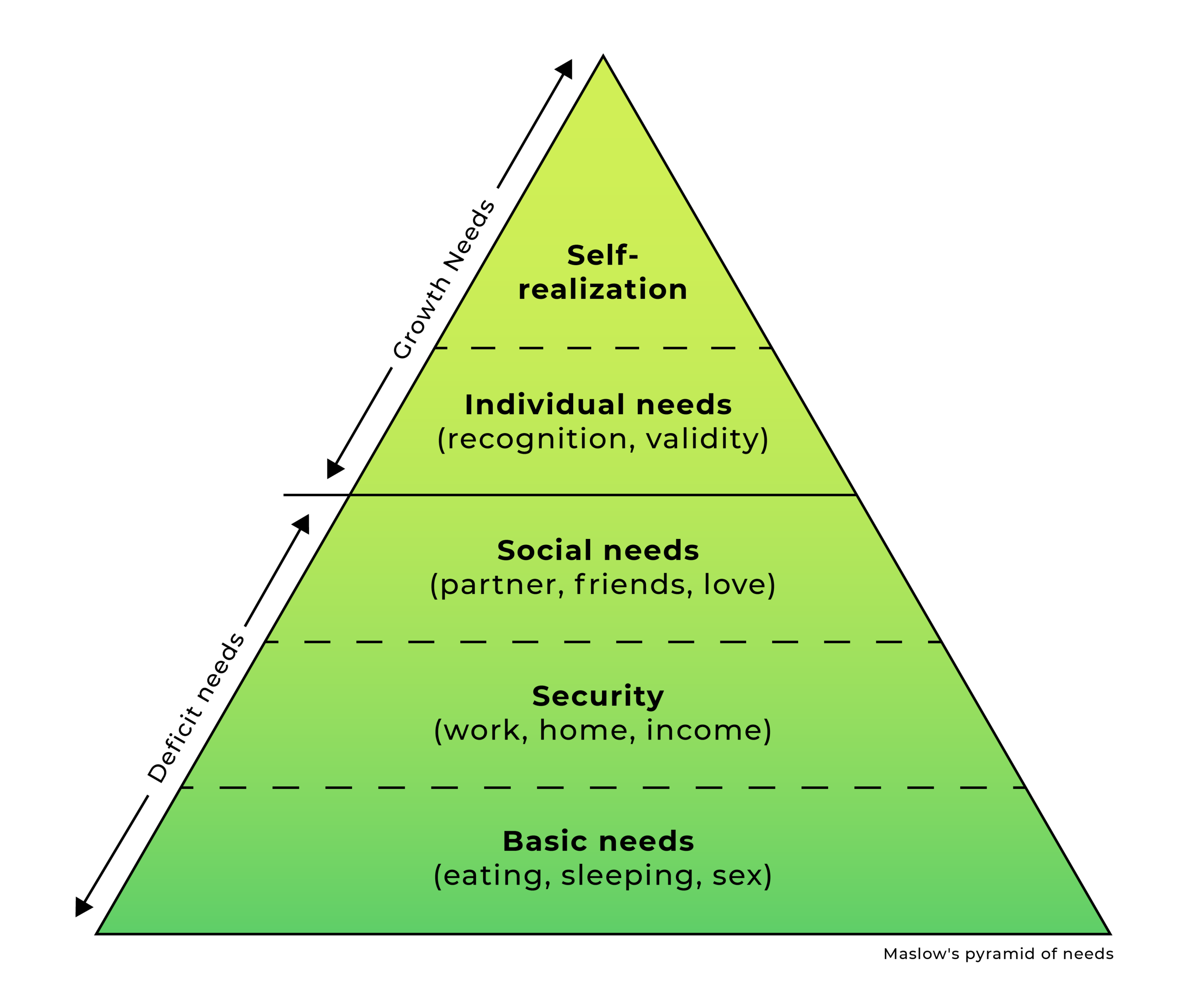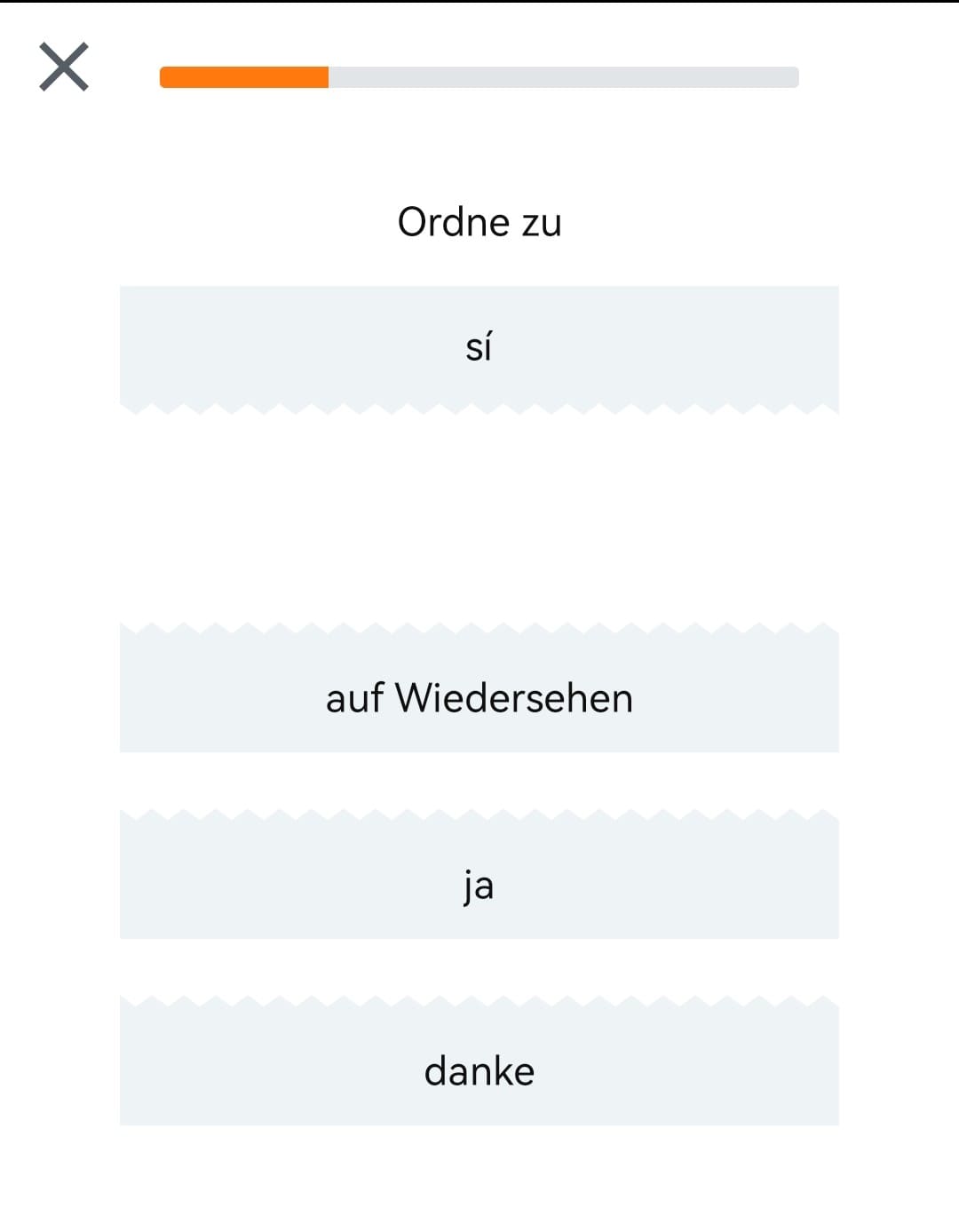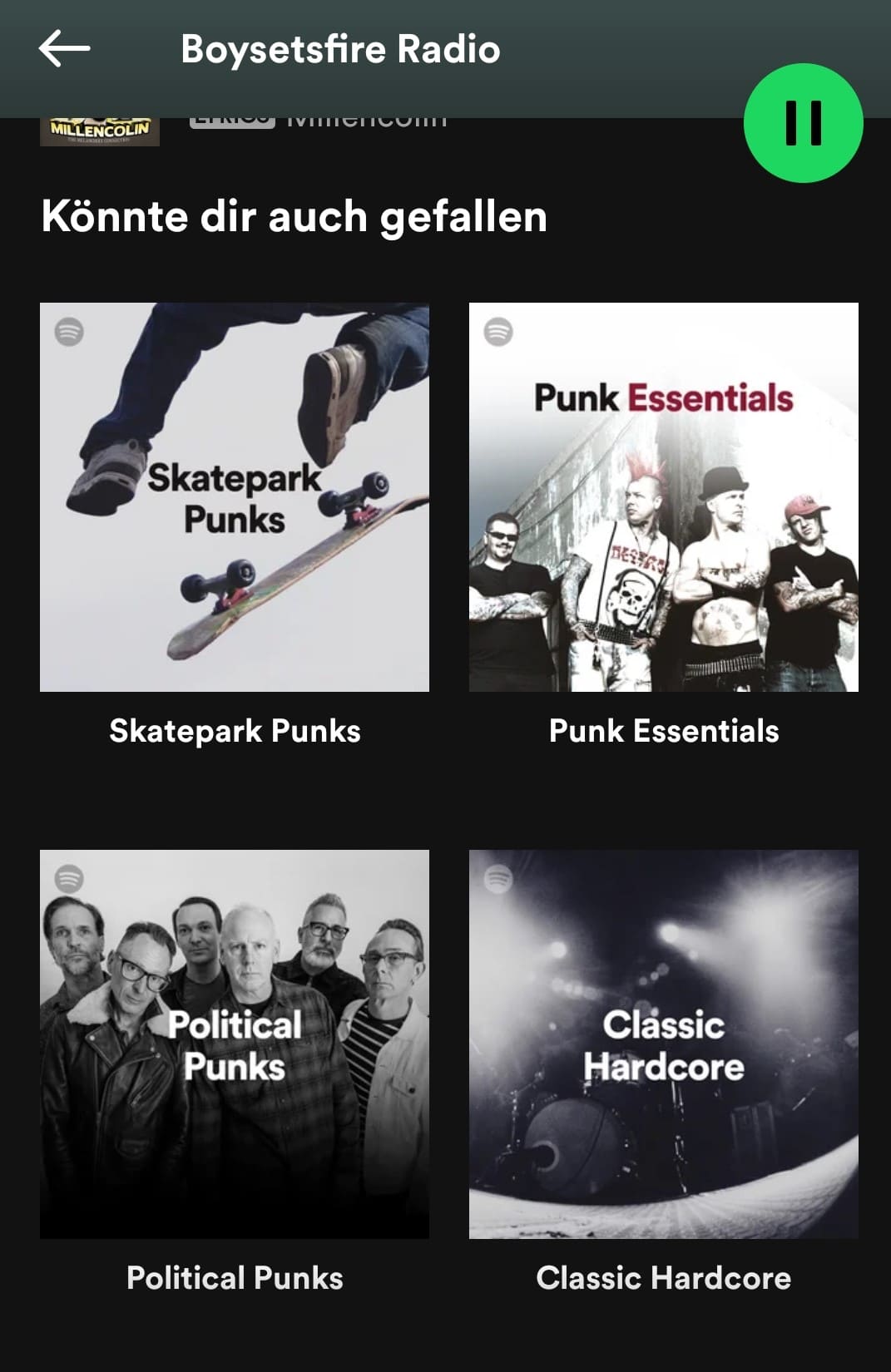How is the human need for stimulation expressed? How do products incorporate it into the design? What features are there that successfully incorporate the satisfaction of the need for stimulation into one’s product?
We will answer all these questions in this article. As part of our larger needs series, this (as well as the other articles in the series) is based on the following question: “What makes a product really cool and inspiring?”
So we’ll take a closer look at the need for stimulation and provide examples of products and their specific features that specifically satisfy this need and incorporate it into the design.
The needs series: a recap
Our introduction: here we established that positive emotions are the basis for a positive user experience. You can achieve these emotions through targeted needs satisfaction during use. So, the UX of your product improves by knowing your users along with their needs and how to tailor your design to meet them. The following shortlist of needs is particularly relevant to technology use:
- Connectedness
- Security
- Expertise
- Popularity
- Stimulation
- Autonomy
- Meaningfulness
(according to Sarah Diefenbach: “Experience Design Tools – Approaches to Interaction Design from the Perspective of Psychological Needs“)
Need connectedness: In part two of our series we found out that the need for connectedness is a very essential and deeply rooted need.
Need for Security: Part three of our series shows that security is more than the absence of threat. Security also means predictability, reliability, and the absence of the unpredictable.
Need competence: The fourth part of our series of needs deals with the topic of “competence”. This is about users wanting to feel their own self-efficacy and competence.
Need for popularity: Part five of the series of needs shows that the need for popularity is about having influence and having one’s own opinion valued.
In this article, we take a closer look at the need for stimulation and find out exactly how it can be incorporated into one’s own product design.
The need for stimulation: a definition
To find out what exactly is meant by the need for stimulation, let’s look at Sarah Diefenbach’s definition:
Stimulation: the need to learn about new things. Curiosity, entertainment, or distraction often play a role here.
(source: Sarah Diefenbach “Experience Design Tools – Approaches to Interaction Design from the Perspective of Psychological Needs“)
The need is expressed in a desire for:
- Novelty
- Surprise
- Fascination
- Enthusiasm
- Discovery
- Richness
- Details
- Versatility
- Complexity
- Faceting
- Renewal
- Enthusiasm
- Discovery
(source: Sarah Diefenbach: Needs Cards)
Growth need stimulation
If you look at Maslow’s hierarchy of needs, it quickly becomes clear that stimulation is one of the growth needs. It therefore has a different urgency than the deficit needs such as food, oxygen or safety. These must always be completely fulfilled, otherwise health damage will occur. Growth needs, on the other hand, are characterized by the fact that they are individual and can never be completely fulfilled.

However, the importance of the need for stimulation becomes clear when we consider what the absence of stimulation means for us. Without stimulating stimuli, what we do quickly becomes dull, boring, and the motivation to continue dwindles. We do not achieve a state of concentration or productivity. If we feel stimulated, however, we reach a flow state in the best case, are very concentrated, productive or feel very entertained.
The following examples show exactly how the user’s need for stimulation can be integrated into one’s own product.
Example 1: Social media platforms and targeted stimulation
In addition to connectedness and popularity, social media applications primarily serve the need for stimulation! The density of impressions is very high, everything is designed to be very varied and to entertain, inform and connect with others. There is the opportunity to express approval and connect the content creators. In addition, you get reactions to your content.
The user experience can very easily be customized to serve your own interests in a very targeted way. So you determine what content is relevant to you and with the density of relevant content, the use of social media platforms becomes more and more stimulating.

(Source: Screenshot Linkedin.com)
Platforms like TikTok and Instagram, for example, fuel the satisfaction of the need for stimulation even more, as they show new content every second and it is very visual and appealing. Video content has been an integral part of almost every social media platform for a few years now, and this content attracts a particularly large amount of attention, thus satisfying the need for stimulation. Almost all platforms have recognized this and have worked hard to ensure that the stimulation experienced is endless. Once you’ve finished watching one short clip, the next one starts automatically.

(Source: Screenshot Instagram)
An icon or message that displays new notifications is also a feature that satisfies the need for stimulation. Here, it is displayed when there is something exciting new to discover: a new post, a reaction to one of your own posts, or notifications from important groups.

Example 2: Playful learning and gamification
Learning new content can be boring and dull in some cases. But even if what is being learned is exciting, targeted stimulation can greatly enhance the learning experience. But if you think of gamified learning only in terms of children, you haven’t experienced the benefits of a gamified learning experience yourself.
One way to specifically address the need for stimulation when learning new content is “gamification” (i.e., making non-game content “playable”). The potential of this type of stimulation has already been recognized by a great many products. So-called e-gym devices turn strength training in the gym into a high-score hunt, and apps whose goal is to teach a new language also turn simple vocabulary learning into a game.
Babbel is one of the apps mentioned. It offers users the opportunity to learn a variety of new languages. Instead of learning vocabulary by rote, users are introduced to it through simple games. For example, you have to match the vocabulary to the correct translation.

(Source: Screenshot Babbel App)
Guessing games are also used here to impart new knowledge in a stimulating way.
Example 3: Streaming services and the desire to explore
According to Statista, around 29 percent of Germans use streaming services such as Netflix, Amazon Prime or Disney Plus at least once a week. 13 percent of these users even use them daily.
(source: Statista)
Streaming services are designed to satisfy users’ need for stimulation. Exciting content, ever-changing series or movies, and automatic playback of new content as soon as you’ve finished watching an episode or movie – it’s harder to stop streaming here than it is to start.

(Source: Screenshot Netflix App)
One feature that specifically addresses the need for stimulation is the prominent placement of new content even during the credits of the content just watched.
But music providers such as Spotify also actively call for further discovery of the content in their own application and to learn about new, interesting music. One very specific feature is “playlist radio based on” – in other words, a specially created playlist with thematically related content to a certain song or artist. So once you’ve finished listening to a band’s album, the “playlist radio” starts and plays similar artists for you to discover. This is far more stimulating than the silence of a CD player after an album has played through.

(Source: Screenshot Spotify App)
Playlists that include the artist or band you are currently listening to also invite you to discover related music.

(Source: Screenshot Spotify App)
Conclusion
If the user’s need for stimulation is not satisfied, there is a risk of boredom and thus a poor user experience, which in the worst case can make not only the product but also the entire brand uninteresting to a user. Well-integrated stimulation, on the other hand, ensures that we experience the use of a product as more exciting and thrilling. It keeps us on task, focused, and most importantly, interested. This results in a huge boost to the UX.
Does your product have features that satisfy the need for stimulation? Let us know in the comments.
Have questions about incorporating user needs in your specific case? Feel free to reach out via our contact form to schedule a free get-to-know-you call.
We are very much looking forward to your feedback!
Our need series
Here is our overview of the articles in the series:
Part 1: Introduction
Part 2: Connectedness
Part 3: Security
Part 4: Competence
Part 5: Popularity
Part 6: Stimulation
Part 7: Autonomy
Part 8: Meaningfulness



